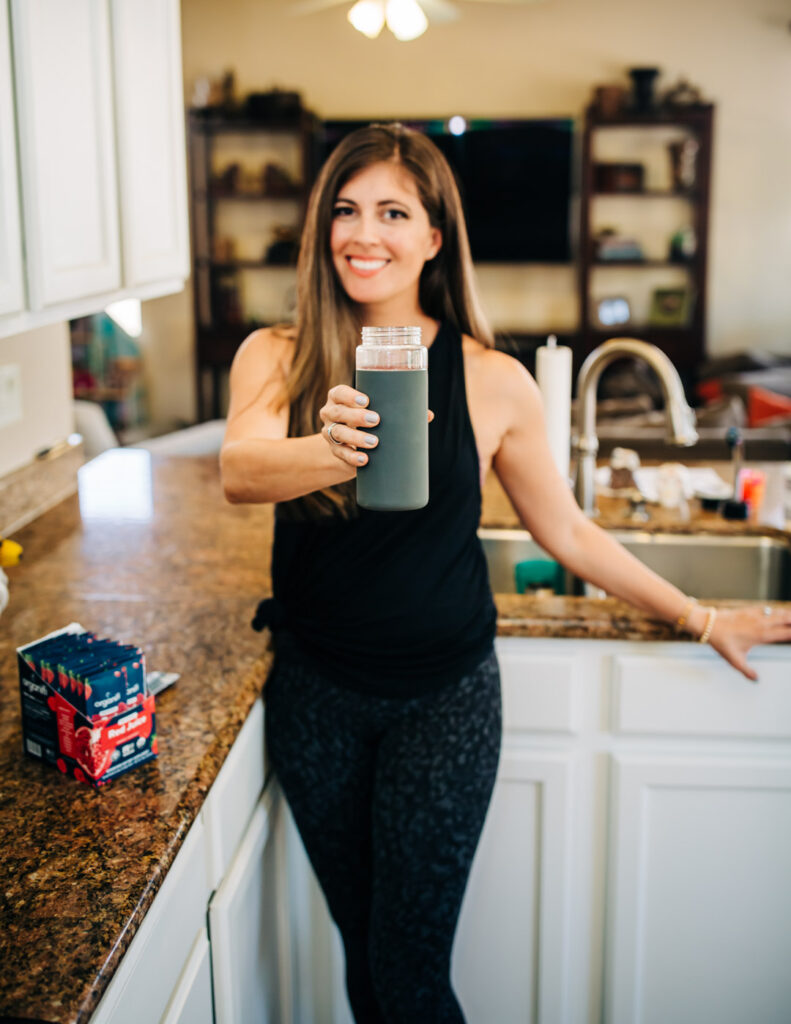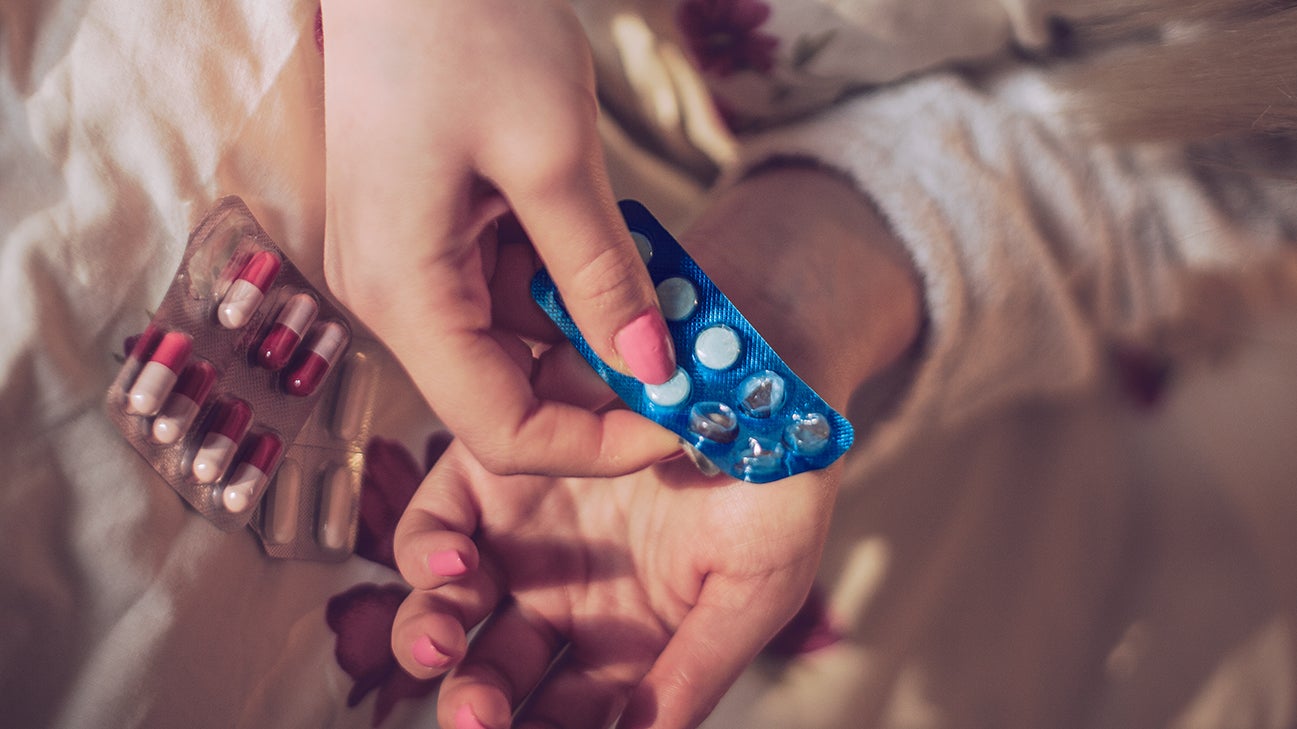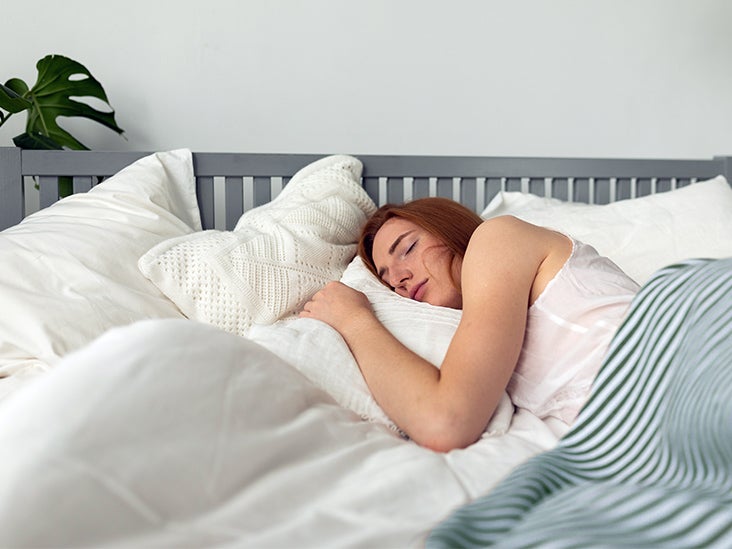For a nutritious breakfast, we’re solidly Team Oatmeal. It’s hard to think of a better-for-you food than oats to start the day with plenty of fiber, slow-digesting complex carbs, and even some protein.
Not only are oats a tasty whole grain you can dress up with just about anything — from banana slices to matcha powder to boysenberry jam — their nutrition profile can give you a boost for weight loss.
What are the best oats for weight loss?
Any variety of oats makes an excellent choice for weight loss.
Here are the deets.
Oats and weight loss
A small study showed that diets rich in whole grains are associated with lower body weight, and every type of oat contains plant protein and fiber that curb hunger.
In fact, oats harbor a special kind of fiber called beta glucan, which showed particular promise for weight loss in a 2012 research review.
“All varieties of oats contain beta glucan,” says Frances Largeman-Roth, RDN, PR dietitian for Quaker Oats. “It’s this soluble fiber in unflavored oatmeal that may help support healthy weight management, according to the research.”
Oats and blood sugar
Researchers study the effects that oats have on blood sugar — particularly for people with diabetes. One study found that people with type 2 diabetes who ate more oats for a year experienced lower blood sugar levels and lower weight.
“Steel-cut oats are likely to exhibit the lowest blood sugar impact, followed by old-fashioned oats, and then quick oats,” notes Largeman-Roth.
Ultimately, the kind of oats that’ll bring down the number on the scale are the kind you’ll actually eat — especially when crunched for time. Hint: For that reason, instant oats might offer a distinct advantage for weight loss.
We’re going to dive into every oat-y option and let you choose which is best for your lifestyle.
Types of oats
Instant… rolled… steel-cut… and, hold the phone, groats? (Is that even a real word?) As you stare down a wall of oats at the grocery store, you probably wonder what the heck’s the difference between the multiple varieties on display.
All types of oats begin as, well, oats — the grain plants that grow in cool, temperate climates around the world. Once harvested, they can make their way to store shelves in a handful of ways.
According to the Whole Grains Council, oat grains can be processed into whole oat groats, steel-cut oats, Scottish oatmeal, rolled oats, and quick oats. (Oat bran and oat flour are, of course, also made with oats, but they don’t exactly work for making oatmeal.)
Here’s a quick snapshot of what makes each oat unique.
Whole oat groats
Since groats are just the grain kernel of the oat plant (with the inedible outer hull removed), they’re the least processed version of oats you can eat. On the flip side, this also means they take the longest to cook. Expect 30 to 60 minutes before groats soften into oatmeal on the stovetop.
Steel-cut oats
Steel-cut oats, aka Irish oatmeal, may have an aura of fancy about them (especially since they can be pricier than other oat varieties), but their main defining quality is their smaller size.
Slicing them (yes, with a steel blade) allows liquid to penetrate more surface area, meaning these oats cook more quickly than groats.
Scottish oatmeal
In addition to Irish oatmeal, Scottish oatmeal also originated across the pond. As opposed to the uniform cuts of Irish oats, Scottish oats are stone-ground into a variety of sizes. The appeal? A more porridge-like consistency.
Rolled oats
Call us old-fashioned — wait, we mean call them old-fashioned. Rolled and old-fashioned are two names for the same product.
When you picture oats, these are probably the ones that come to mind. Their oval-shaped flakes are made by steaming, then rolling groats. They make a mean oatmeal within 10 minutes on the stovetop.
Quick oats
On those mornings when you just can’t, quick (aka “instant” or “minute”) oats are here to save your bacon. Made by steaming and rolling oat flakes extra-long, these smaller pieces have a lighter texture that works for quick-fix prep like microwaving.
Nutrition content of oats
Since all types of oats are made from the same original ingredient, their nutrition content doesn’t vary significantly.
“All [types of oats] are 100 percent whole grain, and ounce per ounce, they all provide similar amounts of fiber, vitamins, and minerals, including vitamin B1, phosphorous, and magnesium,” says Largeman-Roth.
Toppings and add-ins, on the other hand, aren’t all created equal. So, don’t expect the same level of nutrition from oatmeal loaded with chocolate chips and peanut butter as you’d get from, say, a bowl dusted with cinnamon and stevia.
Another primary differentiator between oats’ nutrition? Their serving sizes.
Oat servings are measured both by weight (as in grams) and volume (as in cups). While oat serving sizes measure similarly across the board in terms of weight — around 40 grams — their amount of dry volume ranges from 1/4 cup to 1/2 cup per serving.
Depending on how much you prepare, this could mean you end up consuming more or fewer nutrients.
Recipes and toppings for weight loss
Oats are essentially a blank canvas for creating all manner of foodie masterpieces — not only for breakfast, but for other meals and snacks! Think outside the bowl with these weight loss-friendly preparations.
Overnight oats
Did someone say zero cooking? We’re in. With endless customizability and no need to cook, the overnight oats trend deserves to keep going strong. Try these five creations with minimal ingredients.
Oatmeal bakes, casseroles, and bars
Bakes, casseroles, and bars, oh my! Breathe new life into your breakfast by using oats in 20 recipes that aren’t a bowl of oatmeal.
Healthy desserts
Rather than completely giving up desserts on your weight loss journey, try incorporating filling, nutrient-dense oats into your sweet treats. We’re drooling over healthy strawberry oatmeal bars from Well Plated by Erin and healthy apple crisp from Ambitious Kitchen.
High fiber filler
What do meatloaf, bean burgers, and smoothies have in common? They all provide the perfect hiding place for high fiber whole grain oats.
Shake a hearty 3/4 cup quick oats into this easy meatloaf from The Seasoned Mom. Or use our blueberry pancake and berry oat hazelnut smoothies as a delicious backdrop for extra oats.
Oatmeal with easy add-ins
When time is of the essence, the right toppings can transform a boring bowl of oatmeal into a convenient (and actually delicious) breakfast. Fresh fruits, seeds, nuts, and spices like cinnamon, nutmeg, or cloves are all top-notch add-ins for weight loss.
Or take your morning bowl in a savory direction: “I love topping steel-cut oats with a fried egg and some kimchi — satisfying and full of flavor!” says Largeman-Roth.
Toppings to avoid for weight loss
- chocolate chips
- high amounts of sweetener like maple syrup or brown sugar
- large portions of nut butters
- sweetened frozen fruits
- coconut flakes
Takeaway
As much as we might like to crown one particular type of oats for weight loss, the truth is that all varieties of oats will keep you full, steady your blood sugar, and load you up with fiber and nutrients.
So, whether you opt for Scottish, steel-cut, rolled, instant, or groats, you really can’t go wrong.
To make the best choice, keep one caveat in mind. “When you buy rolled oats or steel-cut or quick oats, look for options that have just one ingredient listed on the label: oats,” says Largeman-Roth.
from Greatist Health RSS Feed https://bit.ly/3u6gklN











